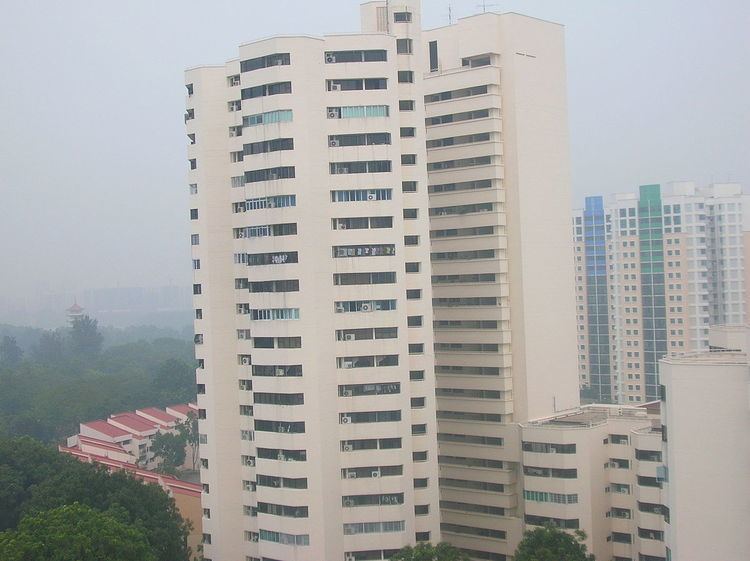 | ||
Environmental issues in Singapore include air and water pollution, urbanisation and deforestation. The government established the Singapore Green Plan in 1992 to help with environmental problems.
Contents
Short History
Since the British established Singapore in 1819, more than 95% of its estimated 590 square km of vegetation has been cleared. At first for short-term cash crops and later because of urbanization and industrialization. Its population grew exponentially from approximately 150 subsistence-economy villagers in 1819 to the nearly 5 million citizens today.
61 of its original 91 bird species has been lost leading to many native forest plants not being able to reproduce because of loss of speed dispersal and pollination.
Environmental policy
To combat the country's environmental problems the Singaporean government first made the Singapore Green Plan in 1992 and a new edition of it in 2012 to continue it. The plan aims to keep tabs on the unstable populations of fauna and flora, to place new nature parks and to connect existing parks. It was announced on June 3, 2013, that the government will begin recording the amount of carbon emitted in the country and how much of it is absorbed by the country's flora.
Air pollution in Singapore
In 1984, there were health concerns with the great number of pig farms in Singapore. They were deemed to have contributed to the pollution of the country, namely to the air. This problem was solved by reducing the number of such farms. 65.8 metric tons (64.8 long tons; 72.5 short tons) of carbon dioxide were emitted in the country in 1996, ranking among one of the highest emission levels in the world. Air polluters in Singapore are mostly, but not only, vehicles for transport, despite the country's tough regulations. The country is blanketed in haze for a period of time annually, contributed by smoke from Indonesian fires.
Water pollution
Water in Singapore is polluted by unwanted materials contributed by industrial facilities, coupled by oil from both incoming and outgoing trading vessels. Corrective measures are taken, and affected water is taken for treatment at specialised centres. Plants such as NEWater treat unwanted water into drinkable water. One major water body in Singapore which used to be polluted is the Singapore River.
Urbanization Study
Singapore's rapid development into an urban nation has neglected the natural environment, according to a report published by the National University of Singapore, which ranked the country as the "worst environmental offender among 179 countries". The report was "slammed" by the Singaporean government.
